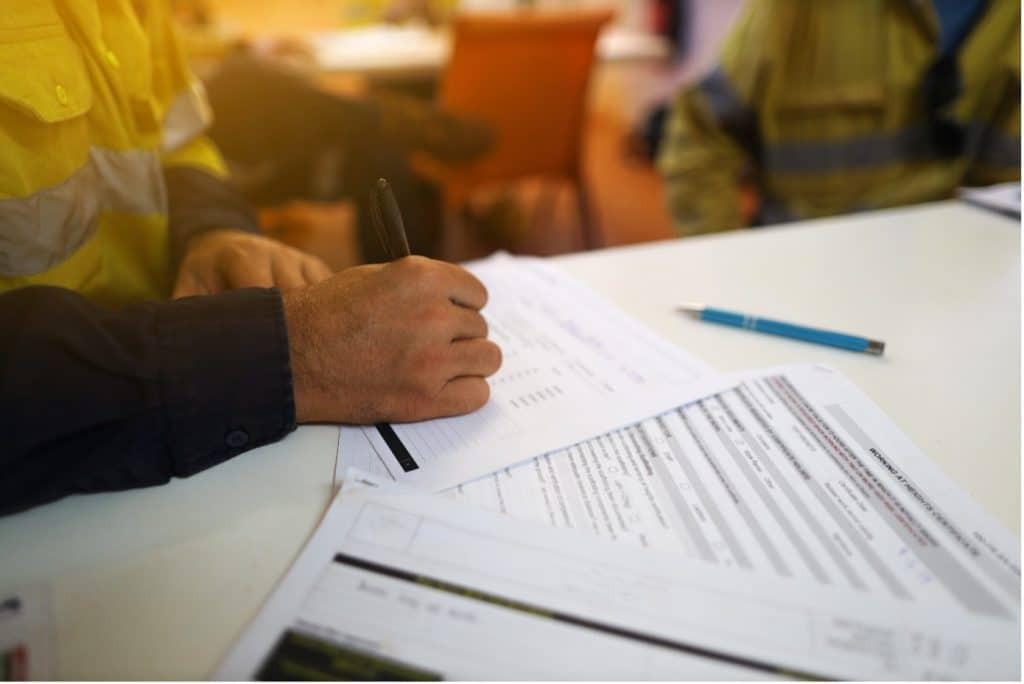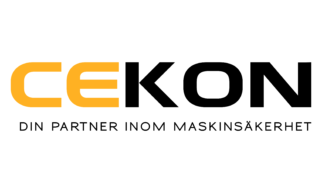Services
CEKON is a company with extensive expertise and many years of experience in machine safety and CE marking. We are certified Machinery Safety Experts (CMSE® TÜV Nord) with extensive knowledge of the CE marking process.
Machine Safety
It’s the manufacturer’s responsibility to identify, estimate, evaluate, and mitigate risks during the design and manufacture of the machinery or plant.
In many cases, it may be difficult for manufacturers and/or plant owners to evaluate and determine essential measures and what applicable requirements that needs to be fulfilled.
We can help you assess what applies to your machinery or plant. Here are some examples of what we investigate.
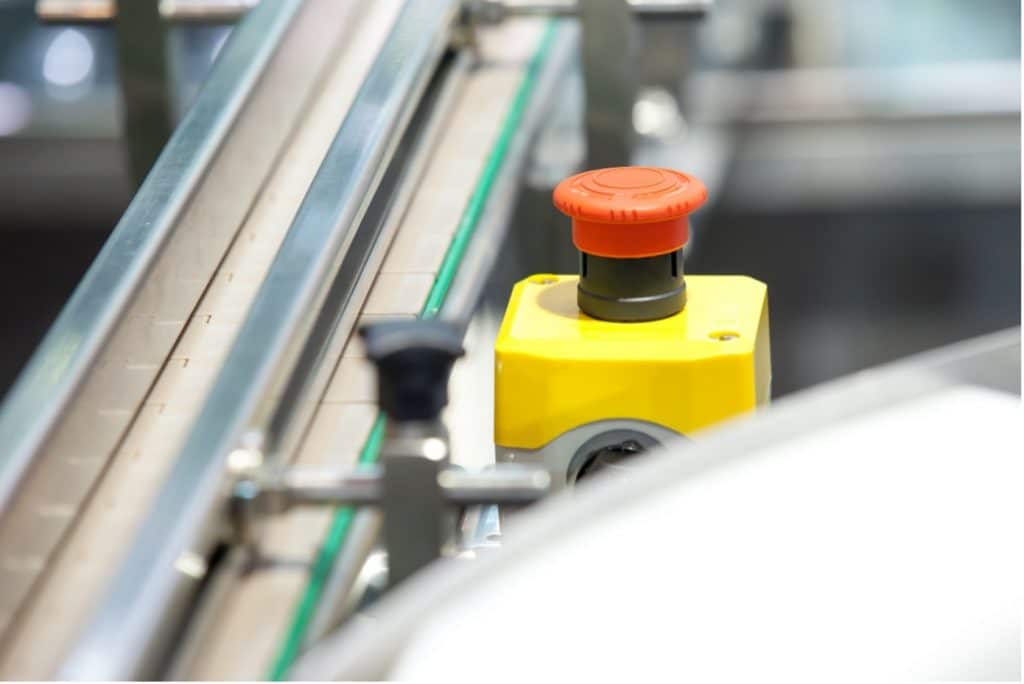
Our special competence
Reconstruction/new construction
Reconstruction or new design of an existing machinery or plant
Directives & regulations
What directives, regulations, industry guidelines and standards are in force, for example the Machinery Directive 2006/42/EC (AFS 2023:4) and the user directive for work equipment 2009/104/EC (AFS 2023:11)
Standards
Harmonized standards applicable to the machinery or plant
Requirement specifications
Review of technical documentation and requirement specifications that’s been utilized for procurements, to get a clear understanding of delivery interfaces and division of responsibilities
Documentation
Documentation requirements; risk assessments, operating instructions, assembly instructions, integrated manufacturing systems (IMS) manuals
What does the CE mark stand for
The CE mark means that a manufacturer or other legal or natural person, within the EEA (European Economic Area) markets or puts into service a product that is subject to the requirement for CE marking, certifies that it meets the EU’s basic requirements for environment, health, and safety and that necessary control procedures have been followed.

The following criteria must be met when the requirement for CE marking is applicable:
- The product has a correct CE marking
- The EC declaration of conformity has been issued
- The product is checked and tested
- Technical manufacturing documentation (TCF) is drawn up
- User manual (O&M Manual) is established in the user’s language
We offer help with all or parts of the CE marking process:
- Support in the preparation of requirement specifications regarding current product directives
- Clarify the distribution of responsibilities during tender and contract negotiations (who will be responsible for the CE marking?)
- Support in the product development phase in order to, if possible, eliminate considered risks and meet current requirements early on
- Conduct and inform during risk assessment of machinery, machine lines and process equipment
- Review technical documentation necessary for CE marking
- Technical documentation – user manuals (O&M Manuals), integrated manufacturing systems (IMS) manuals
Risk Assessment
In carrying out a risk assessment, you need to have good knowledge of what the risks are, what injuries and accidents can occur during operation and maintenance of your machinery or process equipment.
We conduct risk assessments for the safety of old and new machinery and equipment in the manufacturing and process industry. In many cases, we risk assess plants consisting of both old and new machinery in combination with pressure equipment. To our assistance, we use proven methods, templates and softwares. Risk assessment and risk reduction for the safety of machinery are performed according to SS-EN ISO 12100.
The Machinery Directive 2006/42/EC and other product directives require manufacturers to base their design on a risk assessment and then carry out the necessary risk reduction. This means that you as a manufacturer is obliged to implement the necessary safety measures to be able to CE mark your machinery or product. The risk assessment work, if possible, should already be started during the design phase to minimize the cost of reconstruction and the risk of delaying the commissioning of the machinery or the plant.
As follows, you see the machinery directive’s order of priority, which is usually referred to as the safety strategy:
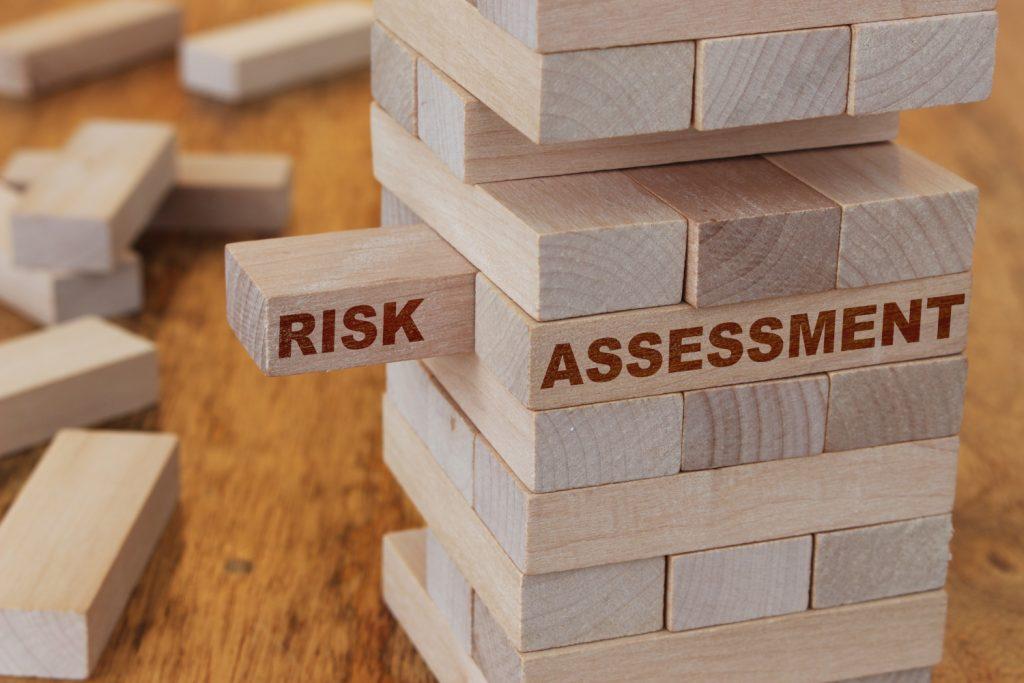
- 1st hand, risks must be eliminated as far as possible through design measures
- 2nd hand, the necessary protective measures must be taken
- 3rd hand by warning and informing users about remaining risks and possible requirements for training and personal protective equipment

Project management
We have extensive experience in leading technology intensive projects with a focus on automation and machine safety in most industries.
If you need a project manager with good knowledge in automation and/or machine safety, you are welcome to contact us.
Lifting devices
Lifting devices and lifting equipment fall under the Machinery Directive 2006/42/EC. The Machinery Directive is equivalent in Sweden to the Work Environment Agency’s regulation AFS 2023:4. Lifting devices and lifting equipment are work equipment whose purpose is to lift, lower, move or secure loads.
Lifting devices means, for example, cranes, mobile work platforms, lifts and elevators. Commonly used lifting equipment are slings, hooks, lifting yokes and chains.
All lifting equipment put into use after 1st of January 1995 must be CE marked and comply with the requirements according to the machinery directive.
CEKON performs the following services as requested:
- Analysis and review of existing tools
- Preliminary studies for the development of new tools
- Complete development of new tools takes place in collaboration with partners, including manufacturing documentation, strength calculations, training, CE marking, user manual and other necessary documentation to fully comply with 2006/42/EC
- Delivery and testing of hardware in collaboration with subcontractors
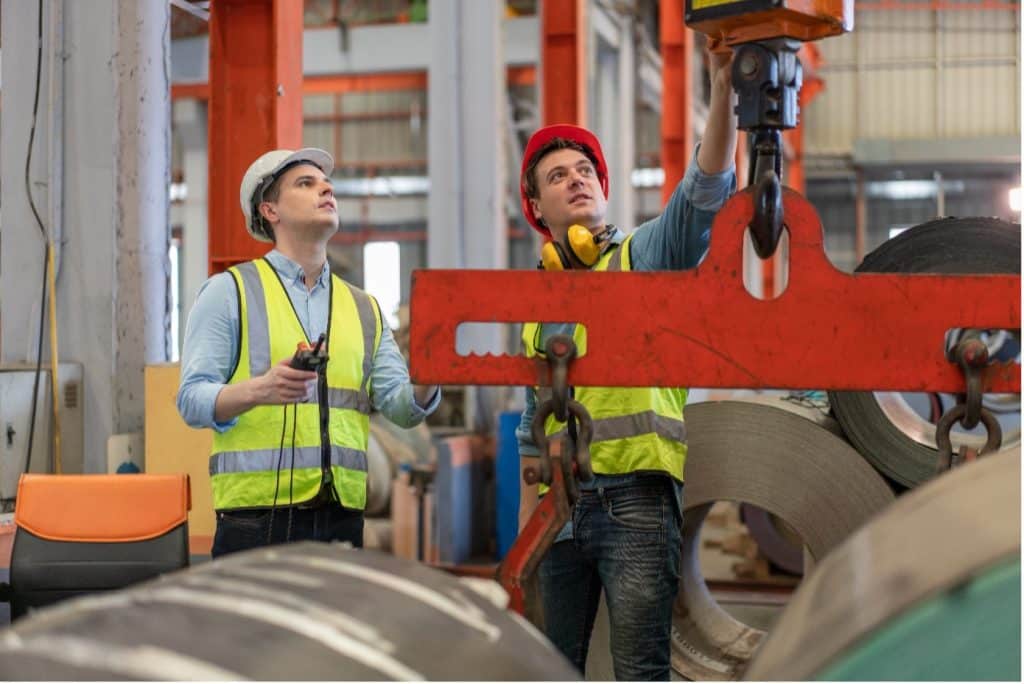
Safety Related Control Systems SS-EN ISO 13849, SS-EN 62061 and SS-EN 61508
The design measures for control systems must be chosen so that their safety related characteristics provides sufficient risk reduction. Unforeseen and potentially risky behaviour of the machinery can be avoided through a proper design of the control system.
We help you to interpret and meet requirements determined when developing safety-related parts of control systems for machinery and process equipment according to the applicable functional safety standards SS-EN ISO 13849-1, SS-EN 62061 and SS-EN 61508.
Here are some examples of our services
- Preparation of specifications for compliance with applicable requirements
- Guidance in the design and technical implementation of safety functions
- Verification of safety functions using PAScal or SISTEMA
- Preparation of validation documents and validation of safety related parts of control systems
Technical Documentation
We can help you ensure compliance with the legal requirements for technical documentation as required in the Machinery Directive.
The legal requirements for documentation come from both European directives and from national regulations. We help you interpret the requirements and to compose user-friendly, accurate and adapted information for the intended user.
By technical documentation we mean information that applies to technology, as product information and aftermarket material.
The core area includes user manuals, assembly/installation manuals, service and maintenance manuals. These are referred to by a common name in the machinery directive as operating instructions.
Manuals
Here, the operator receives information about how the machinery works, how it is used and maintained. Furthermore, information can be found here about remaining risks and which protective devices are available and operated on the machinery. The user manual describes how the machinery can and is allowed to be used.
Safety layouts
We can make safety layouts for integrated manufacturing systems, so that operators will have a good overview and information about main machine parts, emergency stop zones, protective devices, residual risks, operator positions and flows through the machinery line.
Training
We offer machine safety training based on our customers’ needs. For further information about our courses and what we can offer, you are welcome to contact us.
